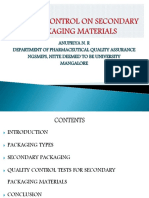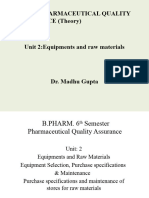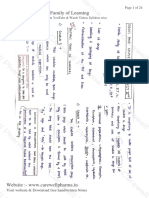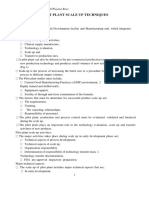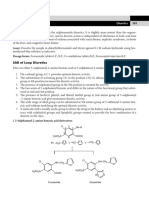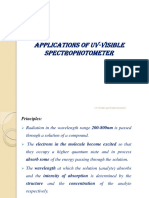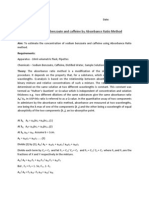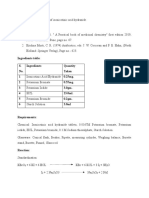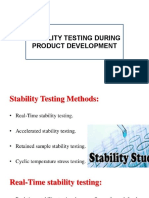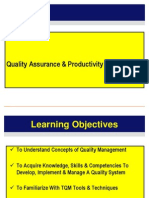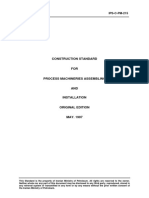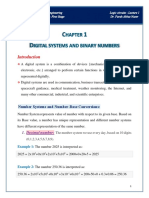0% found this document useful (0 votes)
1K views12 pagesQuality Management Essentials
These are b pharmacy 7th semester notes of industrial pharmacy 2 unit 5
Uploaded by
Shiv is liveCopyright
© © All Rights Reserved
We take content rights seriously. If you suspect this is your content, claim it here.
Available Formats
Download as PDF, TXT or read online on Scribd
0% found this document useful (0 votes)
1K views12 pagesQuality Management Essentials
These are b pharmacy 7th semester notes of industrial pharmacy 2 unit 5
Uploaded by
Shiv is liveCopyright
© © All Rights Reserved
We take content rights seriously. If you suspect this is your content, claim it here.
Available Formats
Download as PDF, TXT or read online on Scribd
/ 12










